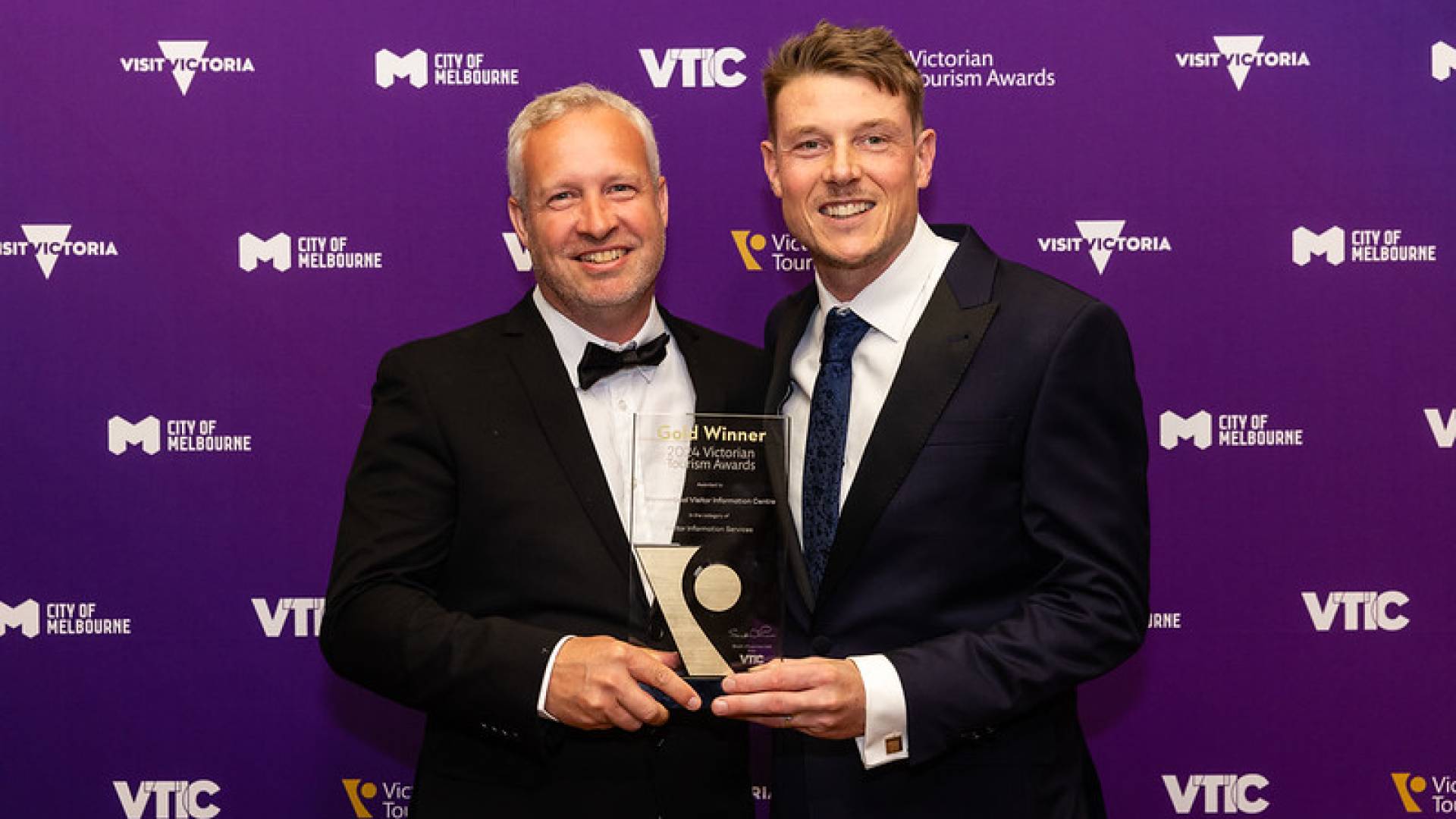The Australian Medical Association welcomes the Coalition’s strong commitment to address the country’s critical shortage of general practitioners if elected.
In his budget reply speech on Thursday night, Opposition leader Peter Dutton committed to investing $400 million towards addressing a concerning lack of parity in employment conditions for GP registrars.
Mr Dutton made it clear that he would work directly with the AMA to address the pay and conditions gap for GP registrars, which has had a significant negative impact on recruitment into the GP training program over several years.
AMA President Professor Steve Robson said the AMA had been highlighting these issues for many years and raised the problems directly with the Coalition as recently as Monday.
“We are pleased the Coalition has listened to our calls and acknowledged the many challenges our GPs are facing around the country,” Professor Robson said.
“Primary care is meant to be the backbone of our health system, but Australia is facing a shortage of more than 10,600 GPs by 2031, which is little wonder because a trainee entering general practice training today will generally take an immediate pay cut and face the prospect of inferior conditions and leave entitlements.”
Professor Robson said Mr Dutton was right to label this situation “concerning” and welcomed his commitment to also further increase prevocational training places and strengthen the general practice training pipeline.
“Australia can only continue delivering top-class general practice care and excellent patient outcomes if we have enough GPs,” Professor Robson said.
“To do this, we must make the profession more appealing to junior doctors, otherwise primary care will suffer further at the detriment of Australian patients.”
Australia has a good health system that has been built around the role of general practice. GPs are the highest trained general health professionals and the first point of call when patients are unwell.
There is no substitute for a GP and this policy would go a long way towards making general practice more accessible for patients around the country.







